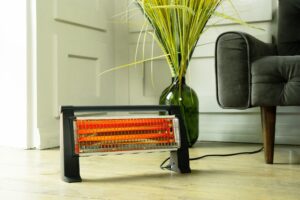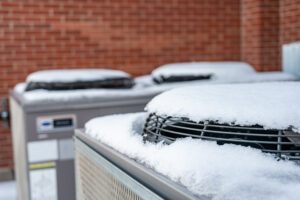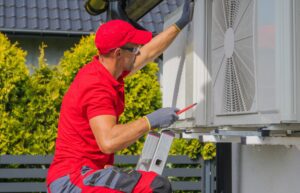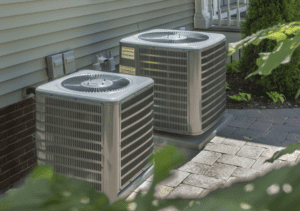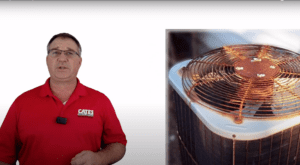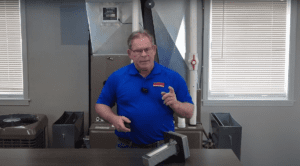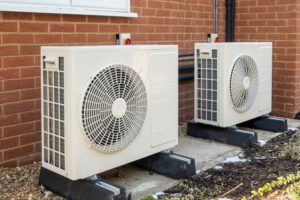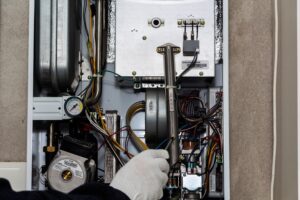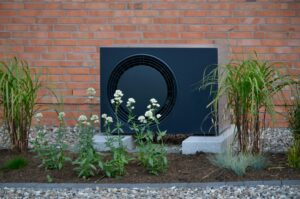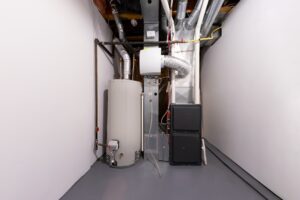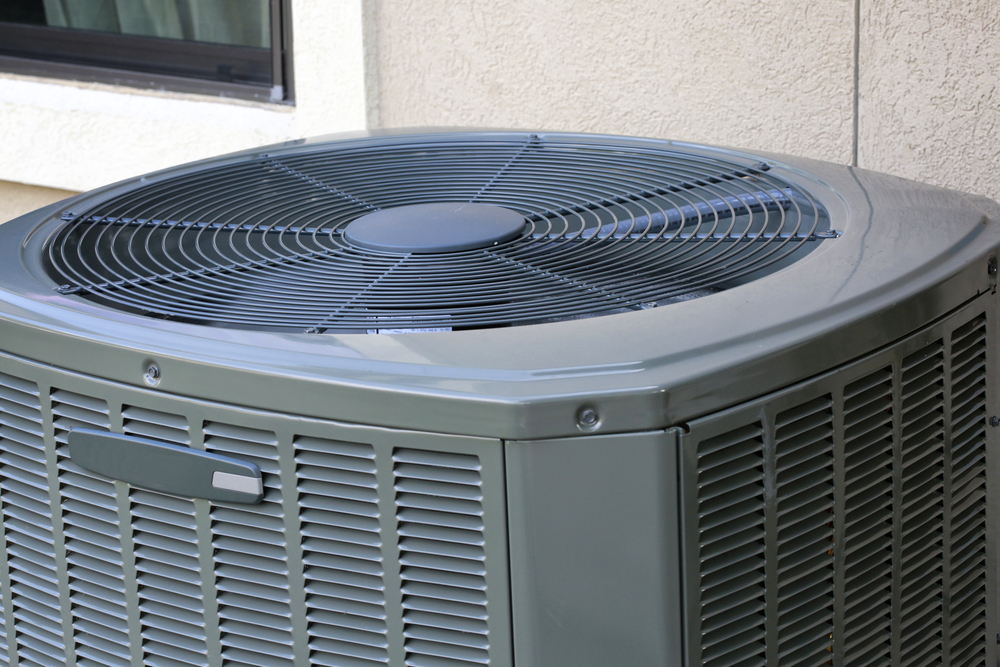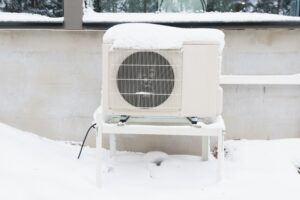During summer months, you may notice a build-up of condensation on your air conditioning unit and vents. What you might not know is what is causing the excessive condensation and what it could mean for your air conditioning unit. Cates Heating and Cooling wants you to have the answers to all of your condensation questions, so let’s get some answers.
Why Does Condensation Build Up on Air Conditioners?
You’ve probably noticed that on a hot day your cold glass of water starts to form little water droplets on the outside of the glass. This same process happens on your air conditioning unit’s evaporator coil as it cools warm air that passes over it. The evaporation coil absorbs both the heat and moisture in the air. Typically, this moisture will drip into a drain pain, down a condensate drain line, and out of your home.
If your air conditioner is in proper working order, you won’t need to worry about this normal evaporation. However, excess condensation and drainage issues should clue you into a problem with your unit, and this condensation may even cause problems with your unit. When you start to see excess condensation on your air conditioning unit, you should call an HVAC repair company for service.
What Causes Condensation Problems?
There are a number of different issues that could lead to excess condensation build up. You might have bacteria that is clogging up the drain, or the line might become dislodged. These issues could cause your condensation pan to overfill and spill water into your home. It is also possible that this condensation pan can become damaged or rusted and start leaking, which can also allow water to fall into your home.
If your condensate pump is broken, then the water that is building up is no longer being pumped outside of your home. While this is only a problem for people who have their AC units in the basement, it can still affect a lot of homes. Water build up in your house can lead to lots of problems, so you need to make sure that you either repair or replace the pump.
A dirty air filter can block the airflow over the evaporator coil, and when this happens, the coil can get too cold and freeze. As the frozen coil melts, it drips water into the evaporation pan and can cause it to overflow. You need to make sure you check your air filter periodically.
When your system is low on refrigerant, the pressure in the AC system will also drop and cause the evaporator coil to freeze over, which can lead to the same problem with overflowing. You may notice that your refrigerant is low when the air conditioner stops cooling well or it starts making a hissing or bubbling noise, which signals a leak.
Problems Condensation Can Cause
Condensation overflow can lead to water damage in your home. Often, this damage occurs in the area where the indoor component to your unit sits, which probably isn’t a place that you frequent, which means that your home could obtain extensive water damage before you even know that there is a problem.
Additionally, the water leaking into your home will start to raise the humidity levels in your home, which can lead to discomfort as well as mold and mildew growth. Mold and mildew can lead to even more damage to your home and lower the quality of the air in your home.
Since you probably want your air conditioner to continue to work, you probably don’t want excess condensation to render your air conditioner useless. With too much water in the condensation pan, an overflow switch will shut down your air conditioning unit. Your air conditioner may refuse to turn on when there is too much condensation in the system, which means that you will have to call a technician out to get it serviced.
If you have noticed excess condensation building up on your air conditioning unit, you should call an air conditioning service technician right away. Trying to fix the problem on your own could lead to further damaging your home or air conditioning system. For those in the Kansas City Metro Area, Cates Heating and Cooling has you covered. Our technicians will come out as soon as possible to check on your unit and make any necessary repairs. To get started with Cates, call 913-888-4470 today.


